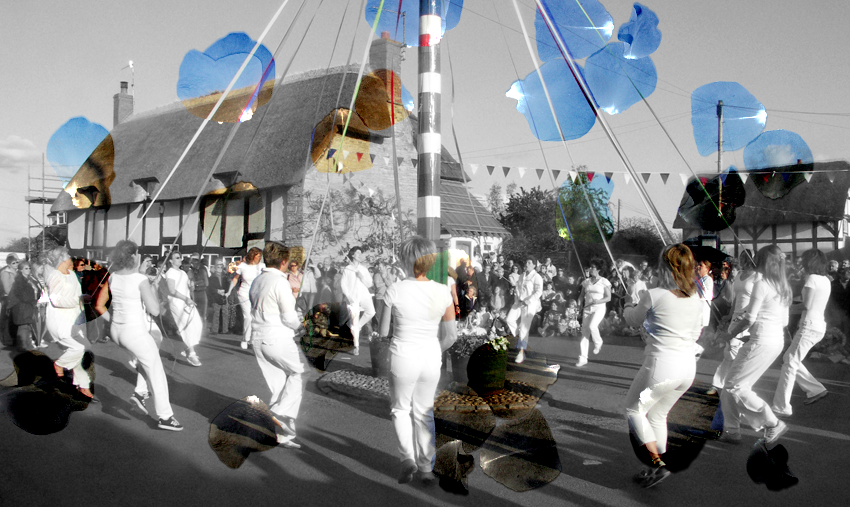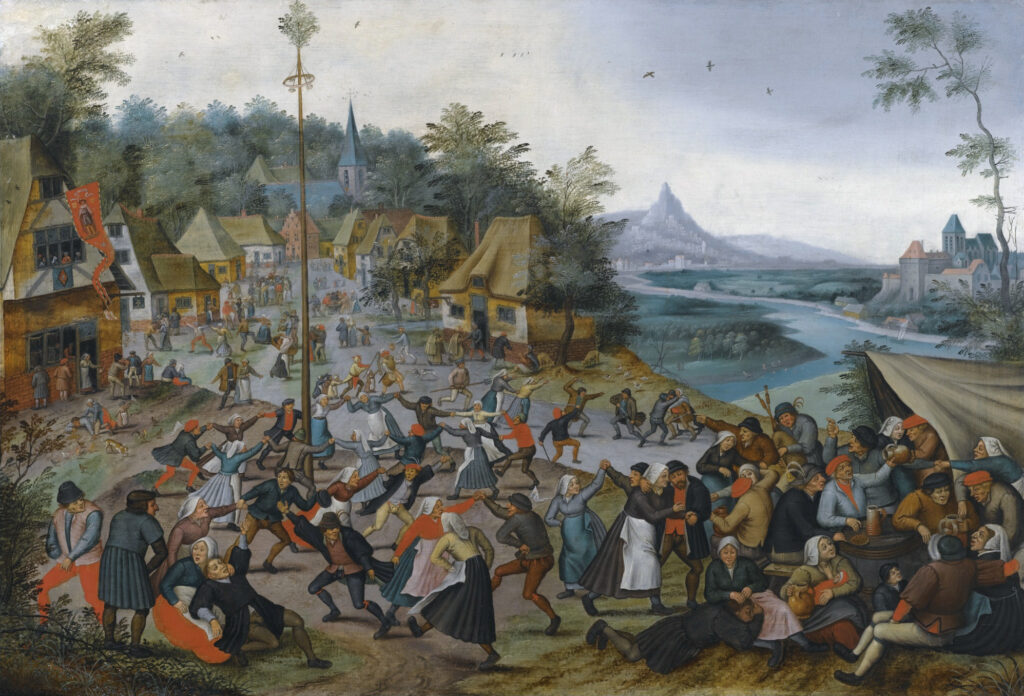Hawaii Five-One
All around the world–and in the Aloha State–today’s a big deal

Something about May 1 makes us breathe a little easier. “This time it’s really spring,” our minds and bodies say “And summer is right there.”
We’re not alone in these feelings; as firsts-of-the-months go, May has a pretty important one around the world for absolute ages. Just check this stuff out:
Let’s get wobbly!
In North America, we tip our hats to laborers on the first Monday in September. But for most of the world, May 1 is International Workers Day. May Day is a public holiday in over 100 countries, with millions of people participating in events, marches, protests (and counter-protests) focusing on the struggles, gains, and achievements of workers–plus the ongoing fight for fair pay and better working conditions.
In late April 1856, Australian stonemasons coordinated a mass work stoppage in order to get their workday reduced to eight hours. Thirty years later, in early May 1886, Chicago workers were striking for the same cause when someone threw a bomb at the approaching riot police, in an event that came to be known as the Haymarket Riot. An ensuing show trial resulted in the conviction and execution of eight supposed conspirators, galvanizing workers around the world; by 1890, May 1 was marked as an international day of demonstration for the eight-hour day.
So, why the U.S. gotta be different? In 1894, after violence related to the Pullman railway strike, President Grover “Non-Consecutive” Cleveland agreed to a federal holiday celebrating labor. But because of May Day’s association with socialists and anarchists, he chose a September Monday that’s well clear of it. (Say what you will about that, but an automatic three-day weekend is a pretty pro-worker move!)
Let’s get pagan!
In pre-Christian Celtic populations, the year was divided into two seasons: Winter (beginning Nov. 1), aka Samhain, and summer (May 1), aka Beltane.

Pieter Brueghel (ca 1625)
Beltane Celtic festivals and the Welsh Calan Mai festival start the night of April 30, and include dancing, singing, and bonfires–and maypole dances, initially used as a symbol of fertility (hence the phallic pole and all the flowers). Of course, it’s not just a good time to plant that kind of seed; there’s an obvious agricultural connection too.
Meanwhile, others practice warding off witches on Walpurgis–celebrated on the eve of Beltane, in much the same way that Halloween is the eve of Samhain. In Germany, Walpurgis involves dressing up in costumes, lighting fireworks, hanging flowers and greenery, and placing ankenschnitt (bread with butter and honey) outside to throw “phantom hounds” off your scent. In Finland it’s called Vappu–same etymology–and it’s one of the year’s biggest holidays (think big, boozy picnics).
In more modern times, Walpurgis 1966 was also the day when San Francisco’s Anton Lavey founded the oh-so-pagan (but not-so-satanic) Church of Satan.
Let’s get… Greek?
Back to really old societies, Protomagia is based on the return of the Greek goddess Demeter and her daughter Persephone from the underworld, where they’d been held by Hades. Their “rebirth” was symbolized by the blooming of flowers and crops, so on May 1 Greeks make wildflower wreaths, either wearing or hanging them outside to welcome spring. (Other outdoor activities: Picnics, and maybe even the season’s first swim!)
Let’s get lei’d!
In Hawaii, May 1 is Lei Day, a celebration of the many traditional leimakers. Inaugurated in 1928, the holiday is a chance for Hawaiians to embrace their aloha spirit–exchanging leis and celebrating with school and community events. Each island has its own color and flower, enticing sufficiently motivated island-hoppers to collect ‘em all.
